Cardiac Electrophysiology
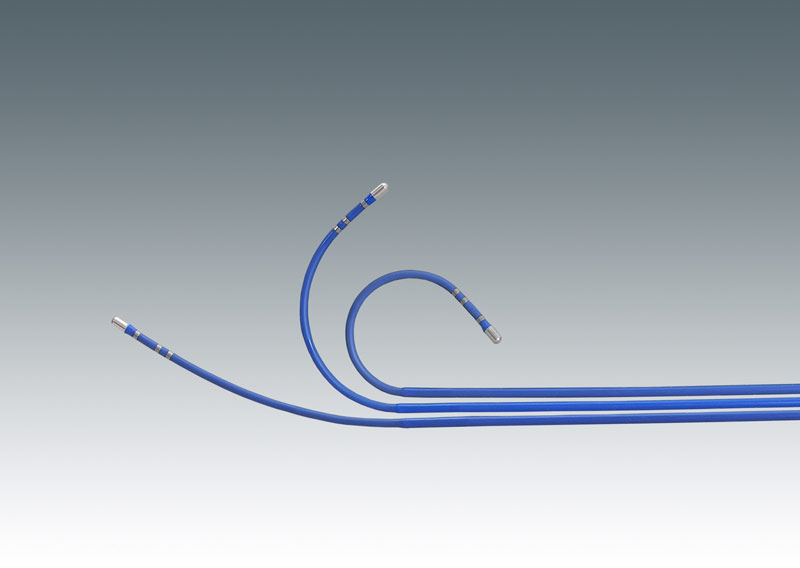
- Cardiac Ablation Catheter is designed for the mapping, recording and pacing of electrophysiological signals.
- Easy control: 1:1 torsion control, place the distal end quickly and accurately, reduce the placement difficultly of distal end.
- Stable attachment: The proximal catheter adopts wire-fabric reinforcing structure, distal end attachment is better and more stable for different direction.
- Accurate curve control: Control the curve accurately and continuously, the location and attachment will be easier.
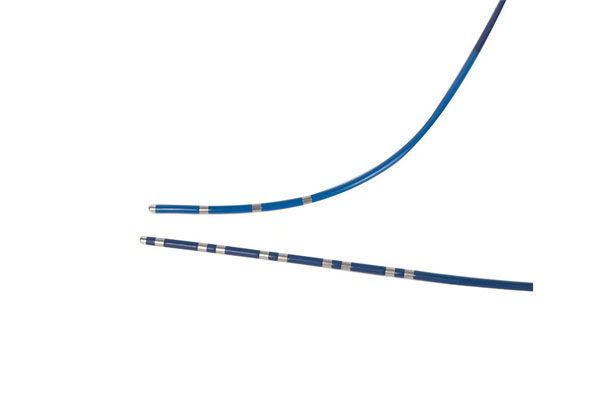
A. Smooth Bending Transition
B. Safe Head End
C. Clear Signal Presentation
D.Convenient Handle Grip
E.Excellent Operability
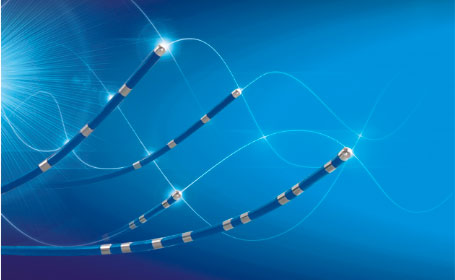
- CatheterTM Diagnostic Electrophysiology Catheter is designed for use in collecting and recording the cardiac electrophysiological signals. Apply to the electrophysiological mapping and diagnosing for arrhythmia.
- Various specifications: Different curves, outside diameters and effective lengths, to apply to different structural heart.
- Accurate curve: The curve of distal end catheter is more accurate, the distal end catheter can be placed steadily and accurately.
- Easy control: 1:1 torsion control, place the distal end quickly and accurately, reduce the placement difficultly of distal end.
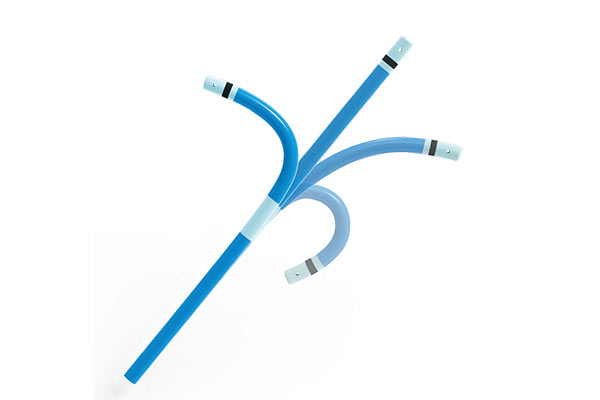
A. Easily In Place
B. Strong Support
C. Stable And Snug Fit
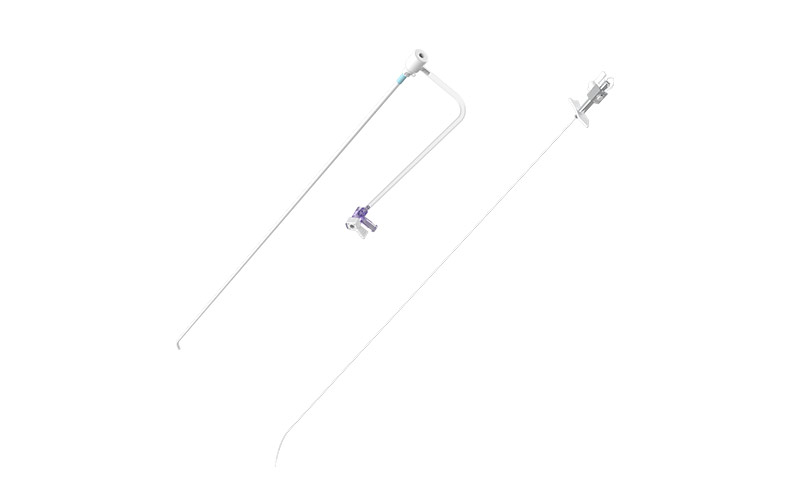
Safe Puncture
- Rounded needle tip edge reduces friction with the dilator’s inner wall.
- Smooth needle shoulder for seamless passage through the dilator.
- Smooth needle surface to prevent debris during insertion.
- Stainless steel needle hub, copper-free, for enhanced surgical safety.
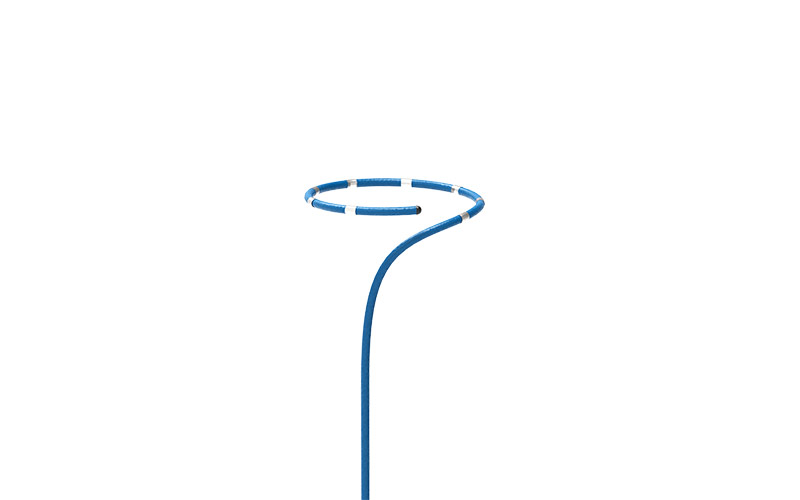
- Four loop sizes to match different pulmonary vein diameters.
- 180° adjustable bending ensures precise catheter placement and easy control.
- Platinum-iridium electrodes provide accurate signal recording and clear X-ray visibility.
- Metal-braided shaft offers excellent torque control and pushability.
- Thumb-operatedhandle for Single-handed control
